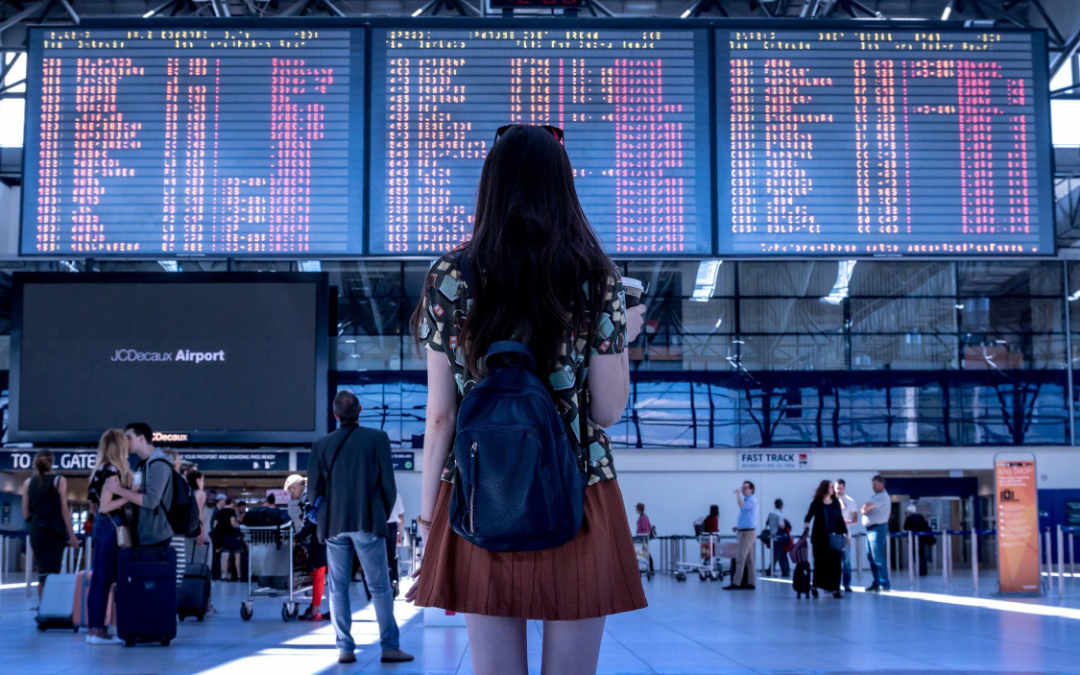"Breaking Down the Future of High-Speed Rail: The Hyperloop"
As technology continues to evolve with dizzying speed, one area that is poised for major disruption is transportation. The myth of high-speed rail travel is becoming a reality, and at the forefront of this revolutionary change is the Hyperloop. This article delves into the history of high-speed rail, the promise of the Hyperloop, and how it could transform our future travel experiences.

The Genesis of High-Speed Rail
The concept of high-speed rail is not a new one. The first high-speed rail service was launched in Japan in 1964 with the Shinkansen, or “bullet train”. The Shinkansen was a marvel of engineering, capable of reaching speeds of 210km/h. Since then, countries like France, Spain, and China have developed their high-speed rail networks, pushing the boundaries of speed and efficiency.
The Hyperloop: A Glimpse into the Future
The Hyperloop, a concept popularized by SpaceX and Tesla founder Elon Musk, proposes a radical departure from traditional rail. The idea is to propel pods through a vacuum-sealed tube at speeds that could potentially exceed 1000km/h. The lack of air resistance in the tube allows for these high speeds, making a travel time of 30 minutes from Los Angeles to San Francisco a real possibility.
Modern Developments and Progress
The Hyperloop concept has been open-sourced by Musk, encouraging companies and research teams worldwide to bring this vision to life. Companies like Virgin Hyperloop and Hardt Hyperloop are making significant strides in this direction. Virgin Hyperloop successfully conducted a human trial in November 2020, a historic step towards realizing this ground-breaking mode of transport.
Hyperloop: The Impact on Market and Price Range
The economic implications of the Hyperloop are as impressive as its technology. While the exact price of a Hyperloop trip remains speculative, early estimates suggest that a journey from LA to San Francisco could cost around $20. This affordability could revolutionize long-distance travel, making it accessible to a vast demographic.
Unresolved Challenges and the Road Ahead
Despite its promise, the Hyperloop faces significant hurdles. These include regulatory approvals, safety concerns, and the sheer cost and complexity of building infrastructure on such a massive scale. However, the potential benefits - faster travel times, reduced congestion, and lower emissions - make these challenges worth tackling.
The Hyperloop represents the exciting intersection of innovation, ambition, and technology. As we stand on the precipice of a transportation revolution, the promise of high-speed rail travel encapsulates the limitless potential of human ingenuity. While the road ahead is fraught with challenges, the Hyperloop’s promise to transform our travel experience is too potent to ignore.




